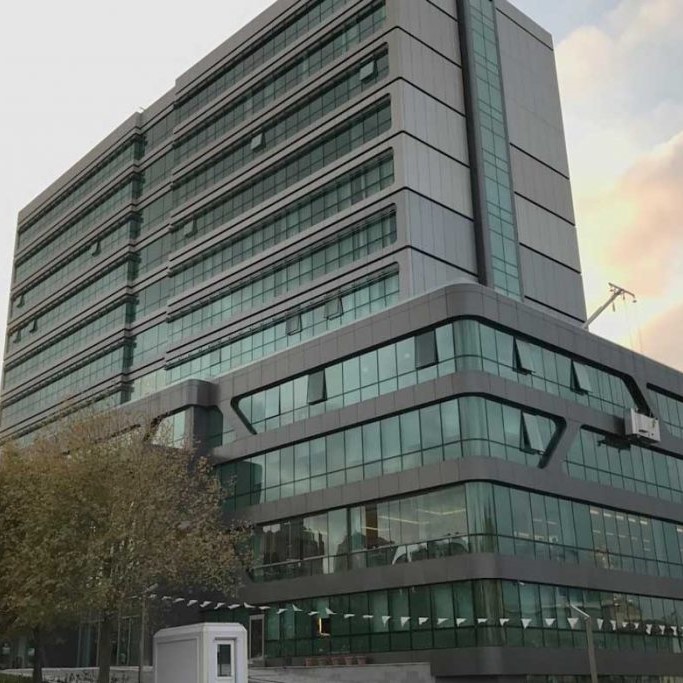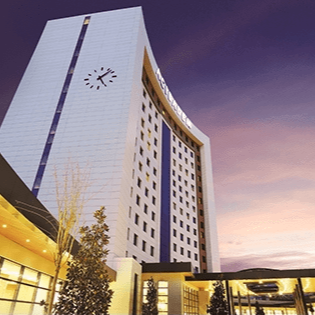How is the Meniscus Formed?
It is a disease that occurs as a result of the tearing of the meniscus tissue in the knee. The most common cartilage injury in the knee area is meniscus tear. These ruptures occur due to trauma. Forces applied to the knee, such as bending the knee while standing, can cause meniscus tears and degenerative tears, which can occur in older adults. Diagnosis can be easily made when meniscus symptoms are seen. In addition to physical examination, a tear is definitely detected by imaging such as MRI. If meniscus disease is not treated in time, it can cause a lot of pain for the patient. It causes problems in the person's daily life.
What are the Causes of Meniscus?
Senile
Traffic accidents
sitting all the time
lifting heavy loads
fall on one's knees
standing constantly
Excessive body weight Constantly cleaning the house
What are the symptoms of meniscus tear?
When a meniscus tear occurs, patients usually feel sudden pain, stinging or tearing. Depending on which meniscus is torn, the pain is more pronounced on the inner or outer part of the knee. Within a few hours, swelling occurs in the knee joint due to fluid or blood accumulation in the knee. This swelling is usually not as advanced as in ligament lesions. It is usually possible to step on the injured knee, but there is limping and athletes often have to quit the sport. Sometimes the torn meniscus piece gets stuck between the bones forming the knee joint and prevents knee movement. In this case, known as locked knee, early surgical treatment is required. In locked knees, the delay in surgery, limitation of movement and the desire to use the knee despite the pain lead to cartilage injuries. As time passes after a meniscus tear, the widespread pain in the knee decreases and becomes a point on the relevant meniscus. Pain occurs especially during sudden turns and squatting. Torn meniscus pieces can get between the joint surfaces and cause symptoms such as catching and locking in the knee. This may also cause crunching-like sounds that were not present in the knee before.
How should first aid be given on the field for meniscus injuries?
Meniscus tear and ligament injury should be considered in every athlete who has severe pain after sudden rotation in the knee. Immediate application of ice and elastic bandage to the knee will reduce swelling and pain. The athlete should not be allowed to return to competition. The athlete should leave the field without putting any weight on the involved leg and use crutches until a definitive diagnosis is made.
How are meniscus tears diagnosed?
The diagnosis of meniscus tear is largely made after a good history and physical examination. Your doctor may order x-rays to evaluate the amount of wear and tear on your knee and to understand whether there are any other problems with the bone structures. In recent years, the most reliable method to confirm the diagnosis of meniscus tears is magnetic resonance imaging of the knee joint. The accuracy rate of MRI in detecting meniscus tears is over 95% if it is performed properly and evaluated in experienced hands. However, MRI is not the only determinant in deciding on treatment. In some cases, an image may be obtained as if there is a tear even though there is no tear (false positive result), or on the contrary, it may not be detected on MRI even though there is a tear (false negative result). Especially if surgical treatment for the meniscus has been performed before, the margin of error increases and more advanced diagnostic methods may be required. Therefore, when deciding on your treatment, your doctor takes into consideration not only MRI findings, but also your history and physical examination findings. In some cases, all of these diagnostic methods may be inadequate. In this case, the diagnosis is confirmed by arthroscopy.
What are the treatment options for meniscus tears?
Treatment of meniscus tears in young people is mostly surgical. Except for some very rare and small tears that are not full thickness, the menisci do not have the ability to heal on their own. In patients with significant complaints, meniscus tears are attempted to be repaired with surgical intervention; if the tear is not suitable for repair, the torn part is removed. In older patients, meniscus tears are often accompanied by arthrosis (wear, tear, calcification) in the knee. In this case, simply intervening in the meniscus tear may not completely solve the problem. In this case, the most appropriate treatment for the patient will be explained to you by your doctor.
What is Meniscus Surgery?
Meniscus transplantation (meniscus transplant)
Partial meniscectomy: is the procedure of removing only the torn tissue.
Meniscus repairs; It is the process of stitching torn tissues together. The recovery process is longer than other methods and patient selection is very important.
Total meniscectomy: removal of all meniscus tissue.
How Many Hours Does Meniscus Surgery Take?
Meniscus surgery takes 15-30 minutes when the tear is removed and approximately 1 hour when the tear is stitched. This period may vary depending on the surgeon's experience and technical details.
Before meniscus surgery, it is necessary to evaluate the general health status of the patient, regulate the medications he is currently using, and examine the surgical area with various radiological imaging systems.
Healing Process After Meniscus Tear Surgery
During the healing process after meniscus surgery, in addition to wound care, the patient must regulate his movements correctly and keep his immune system strong. You should not eat or drink anything for 6-8 hours before the surgery, which is performed quite safely. At the same time, it is of great importance that the patient does not smoke during the preoperative period.
Although the post-operative recovery period is short, it is very important to follow the doctor's recommendations. Conditions such as bruising or blood accumulation in the surgery area are treated under the supervision of a doctor. Some patients can be discharged from the hospital on the same day; Some patients stay in the hospital for one day. The use of crutches after surgery is recommended only for patients who have had stitches, and crutches should be used for approximately 4-6 weeks.
Things to Do After Meniscus Surgery
After meniscus surgery, the immune system should be kept strong and alcohol and cigarettes should not be consumed. Doctor's recommendations should be followed to ensure pain control. First of all, you should follow your doctor's recommendations. Our patients, in cases where the meniscus is removed; For the first 3 days, the patient can easily stand up for personal care and toilet needs and work in the office. During this period, applying ice to the knee is very important. A quiet life should be lived for 3-10 days, and daily life can be returned within 10-20 days. Running is allowed after the 1st month. In cases where the meniscus is sutured, we allow 3 weeks of half-weight bearing and 3 weeks of ¾ weight bearing with crutches. At the same time, we do not change the dressing in the surgery area unless there is bleeding. During this period, we always give anti-embolic socks. We definitely do not want to take a bath and wet the wound. Otherwise, you may be exposed to infection. After 7-10 days, the dressing and tapes are removed, and if the wound is suitable, we allow showering. The patient can swim after 20 days. Turkish bath, pool and sauna permission is given after 1 month.
Exercise Types After Meniscus Surgery
Meniscus surgery exercises: should consist of light movements in the first phase. Movements that will not put too much pressure or strain on the operated knee should be applied. During this process, the exercises recommended by the doctor are applied to regain joint range. The exercises applied in this process can be listed as follows;
heel shift
Isometric hamstring strengthening
Theraband exercises
Free Consultation!



















